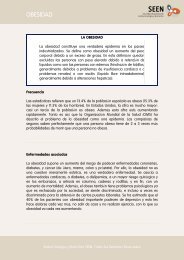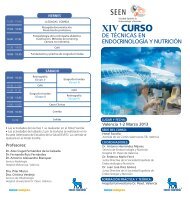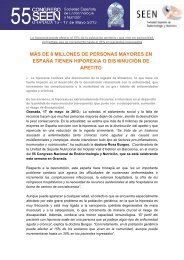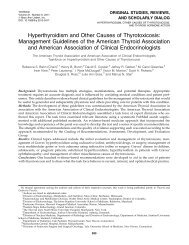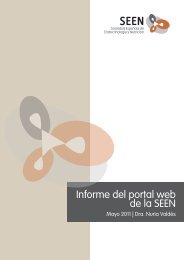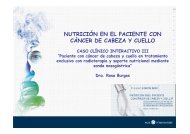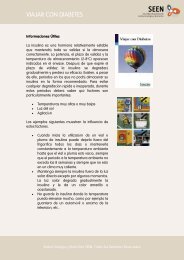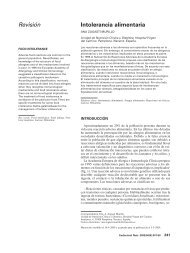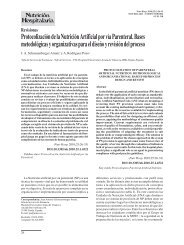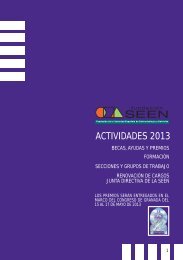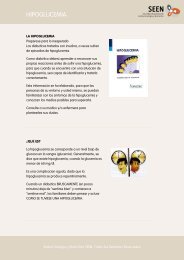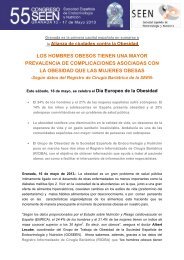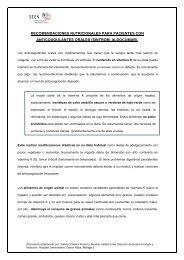Basic Concepts of Fluid and Electrolyte Therapy
Basic Concepts of Fluid and Electrolyte Therapy
Basic Concepts of Fluid and Electrolyte Therapy
You also want an ePaper? Increase the reach of your titles
YUMPU automatically turns print PDFs into web optimized ePapers that Google loves.
<strong>Fluid</strong>s <strong>and</strong> insulin<br />
In the absence <strong>of</strong> shock or oliguria, give 1-2 l <strong>of</strong> crystalloid (see<br />
below) in the first 2 hours, the 1 l over the next 4 hours <strong>and</strong> 4 l<br />
over the next 24 hours. In severe cases, administration should be<br />
faster initially, aiming to correct half the fluid deficit within the<br />
first 6 hours <strong>and</strong> the remainder over the ensuing 24 hours. With<br />
HONK the fluid deficits are larger (Table 23)<br />
After the first litre <strong>of</strong> fluid add KCl 20-40 mmol to each sub -<br />
sequent litre <strong>of</strong> fluid infused, depending on the changes in serum<br />
K + with treatment.<br />
To avoid precipitating cerebral oedema, the effective serum osmolality<br />
shoud not be reduced at a rate greater than 3 mOsm/kg/h.<br />
This is particularly important in cases involving children <strong>and</strong> the<br />
elderly <strong>and</strong> in the treatment <strong>of</strong> HONK.<br />
When the blood glucose has fallen to 14 mmol/l, change to a<br />
hypotonic glucose-containing preparation adjusted according to<br />
the insulin-induced changes in blood glucose <strong>and</strong> the serum sodium<br />
<strong>and</strong> osmolality.<br />
Treat hyperkalaemia <strong>and</strong> acidosis with fluid infusion, insulin, <strong>and</strong>,<br />
in severe cases (pH




